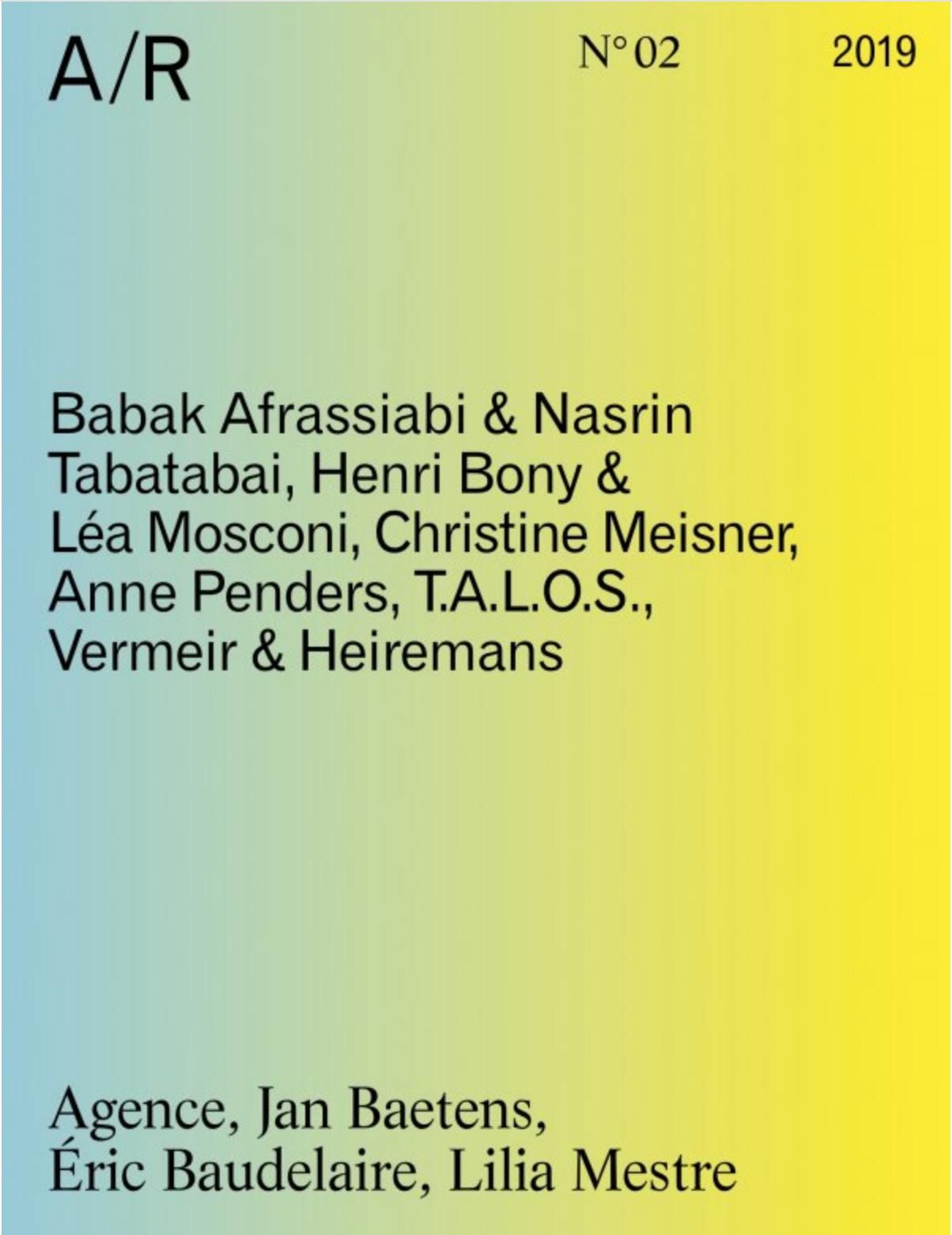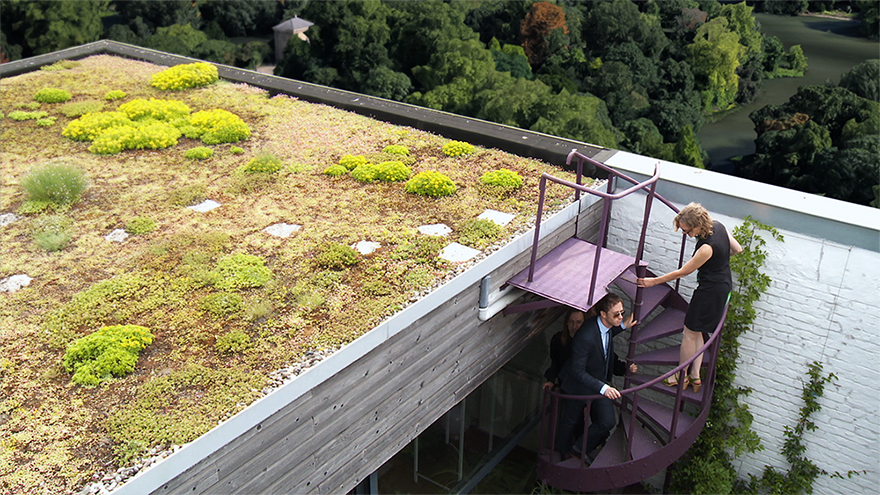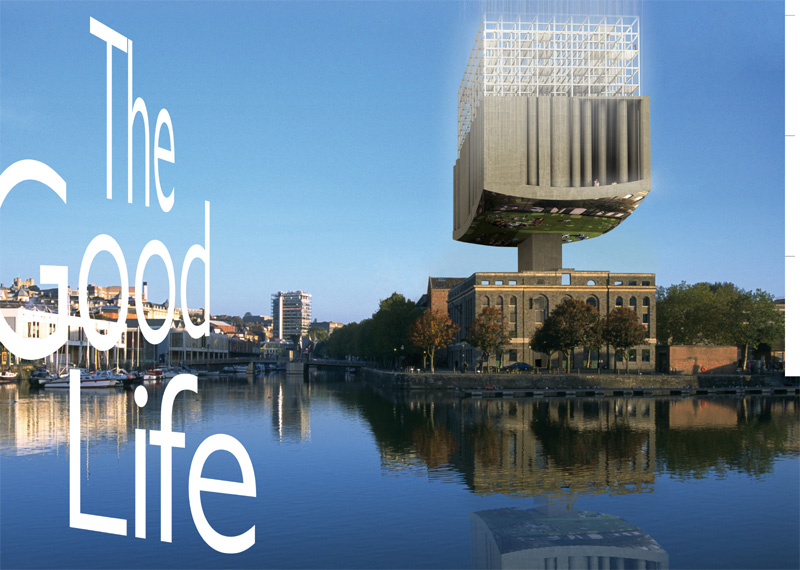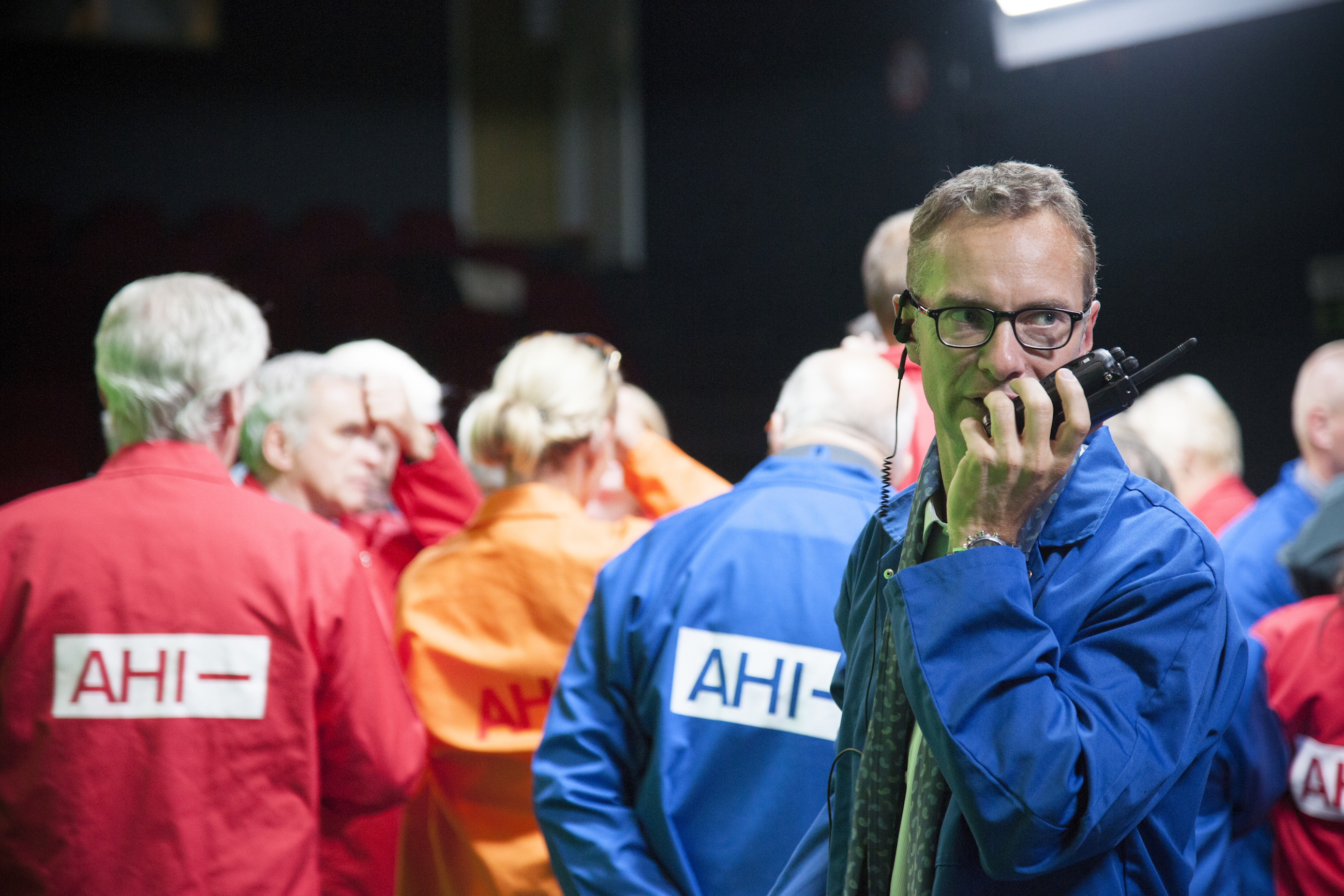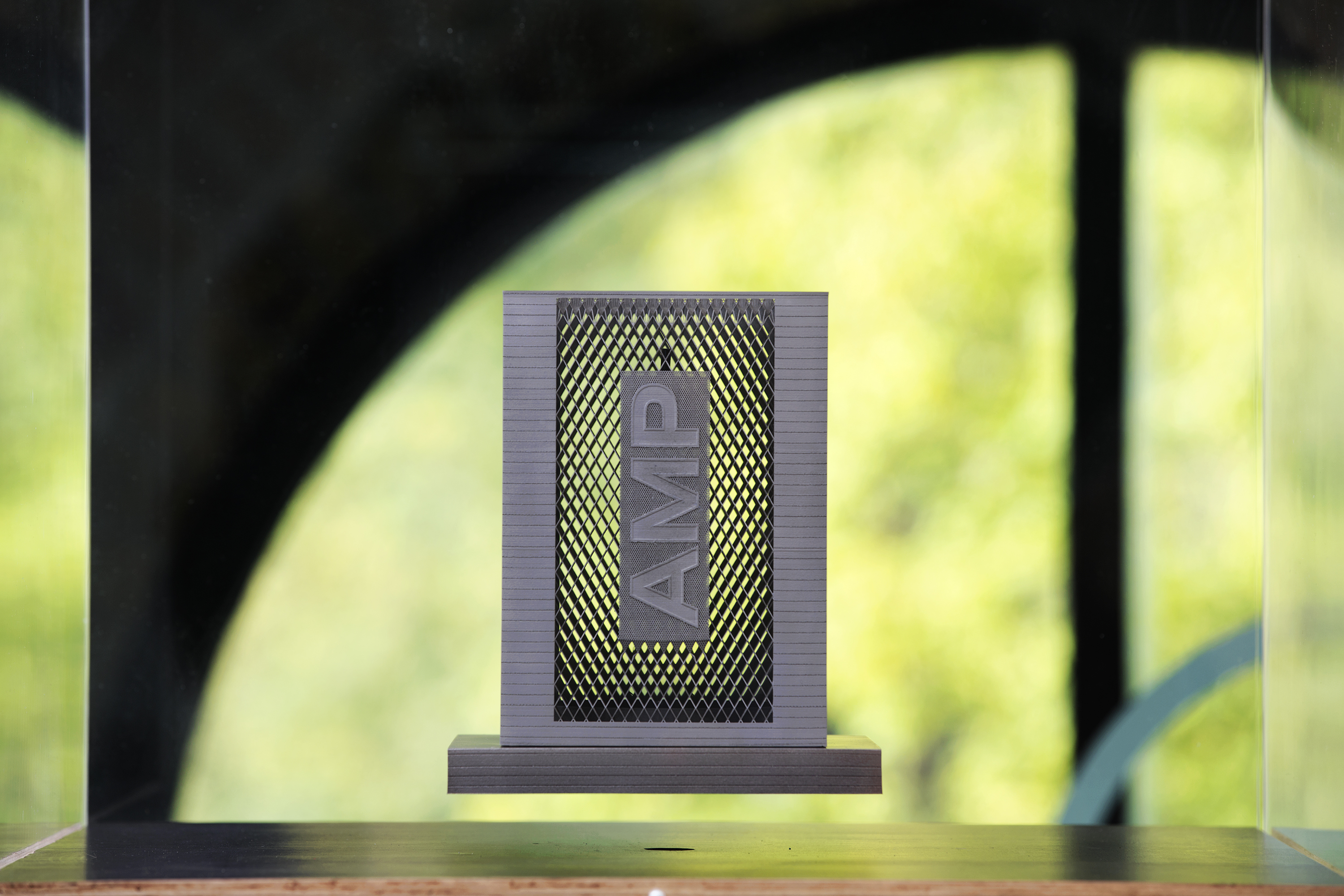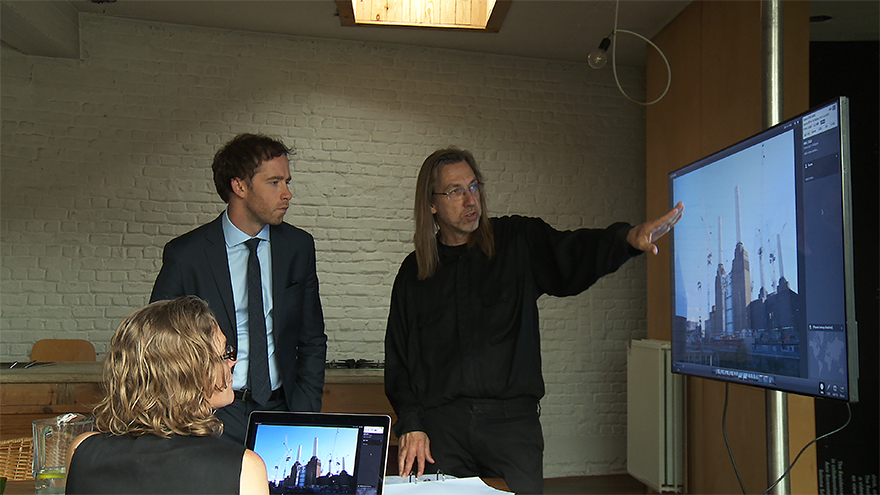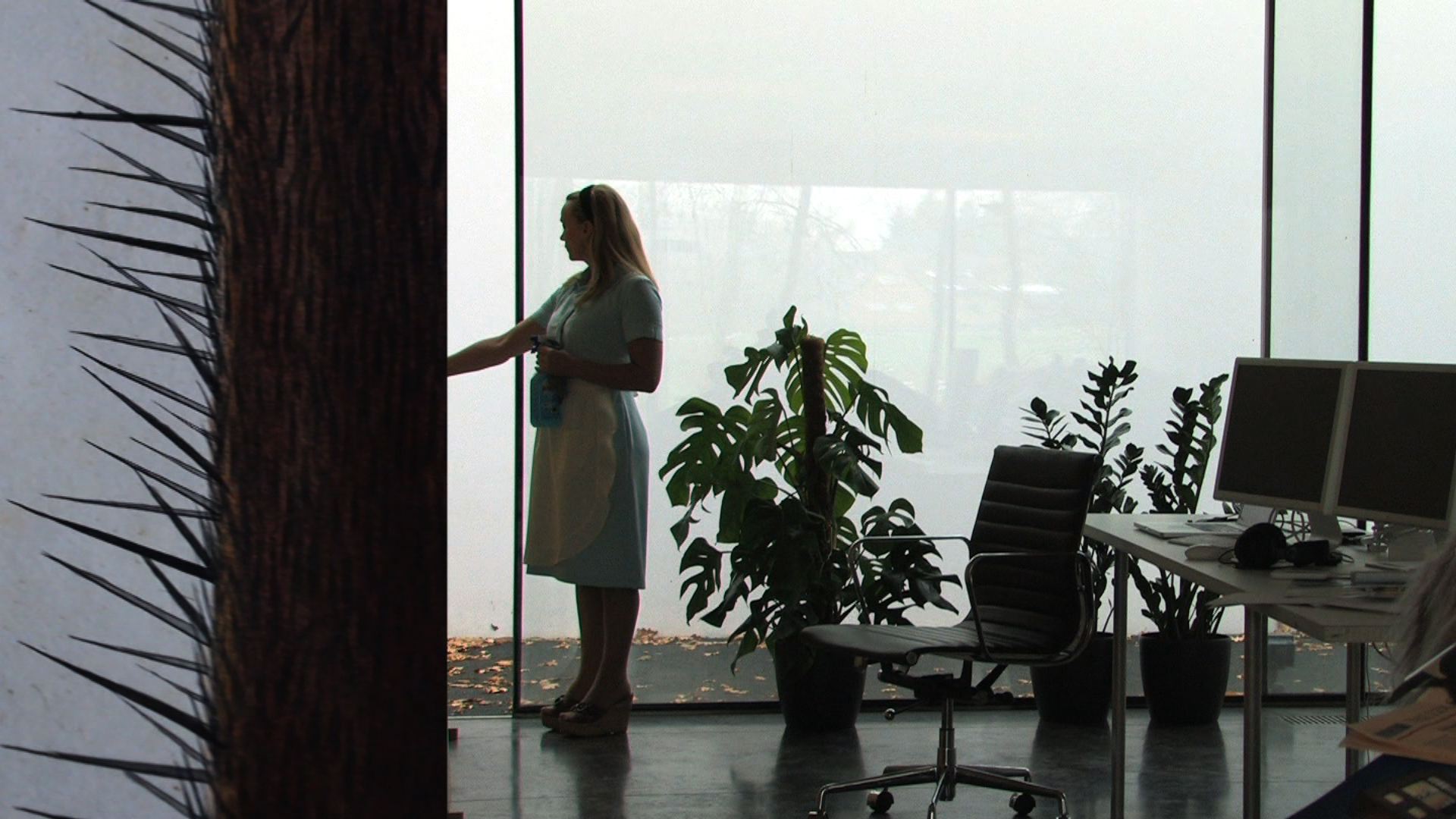Server: Apache/2.0.54 (Debian GNU/Linux) PHP/4.3.10-18
Content-Length: 1742
Connection: Keep-Alive
200 OK
Press text Art Review by Nav Haq
Future Greats 2012, text by Nav Haq - Originally published in ArtReview issue 57, March 2012.
Just what is it that makes today’s homes so different, so appealing? asked Richard Hamilton’s iconic collage, produced in 1956 for This Is Tomorrow, more a radical advertising showroom than an art exhibition, organised by the Independent Group at London’s Whitechapel Gallery. In light of capitalism’s projections of the future – new cities packed with new forms of architectures, lifestyles and unbound creativity – Hamilton’s collage offered a prescient vision of societies mobilised by personal, unobtainable desires. It is in the
contemporary landscape that developed out of such desires that collaborative duo Katleen Vermeir and Ronny Heiremans have developed a practice that considers the sheer abstraction that is the global economy, and in particular its aesthetic manifestations in the realms of art and architecture.
Vermeir and Heiremans initiated their collaborative venture A.I.R. – the acronym for ‘Artist in Residence’, originally used for the pioneering scheme in New York offering artists loft-living in former industrial spaces – as a means to consider how property is visualised in marketing. Their own apartment – which they consider a kind of artwork in its own right – is located in Brussels and acts as a point of departure for several works that they term ‘mediated extensions’. Each extension, often an installation recorded via the medium of
narrative video, offers, in various ways, a visualisation of the apartment space that is reflexive of the pictorial and rhetorical language of marketing for future architectural developments – visualisations that aim to tap into aspirational desires for luxurious domestic space.
Their most recent video installation, The Residence (A Wager for the Afterlife) (2012), offers a glimpse into the lives of the poster boys of post-Fordism – creative entrepreneurs. The film tells of an investor named Hilar who commissioned a Chinese architect, Ma Wen, to design a house for his afterlife. The installation also incorporates a design for an algorithm
linked to the currency market that in turn generates a never ending edit of the Hilar footage. While Ma Wen regards art as an index to explore the unknown, he paradoxically considers the economy as the single measure of everything, opening uncomfortable questions about the status of creativity. Among sumptuous footage of the designed interiors, the story is a Faustian tale that is allegorical of the balancing act that is life in the creative class.

